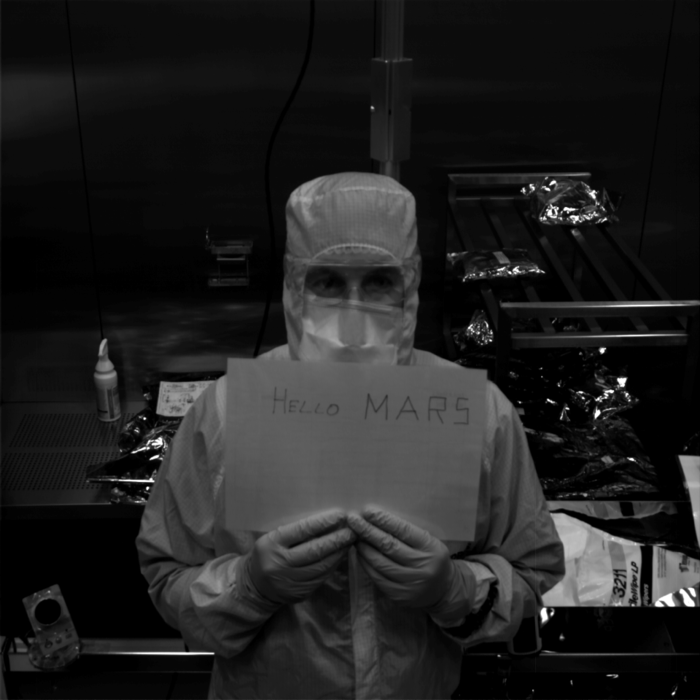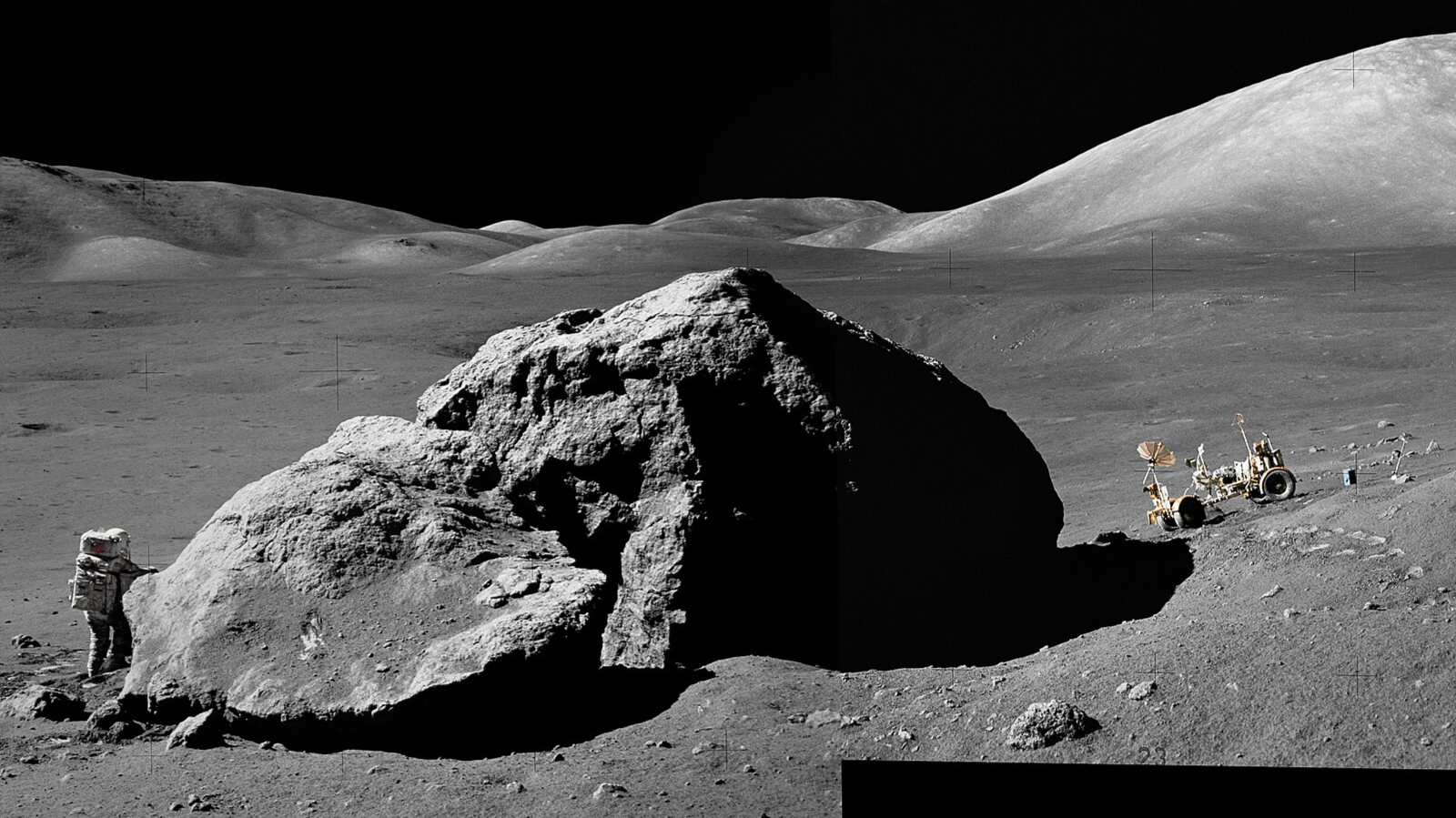Europe's Mars Rover Rosalind Franklin Begins Big Tests for Red Planet

European Space Agency officials hope a robot called Rosalind Franklin will become the agency's first rover on Mars, but the spacecraft has some big tests to pass before it launches next year.
If all goes well, the spacecraft will land at Oxia Planum, the site of a possible ancient ocean, to look for evidence of past life. To make sure the mission arrives safely, engineers have a detailed plan for final preparations and vehicle testing between now and the launch.
The Rosalind Franklin rover finished its instrument fit-up at an Airbus Defence and Space facility in Stevenage, England, this month. One of the last parts to be added was the PanCam, a panoramic camera that will help mission staff guide the rover and determine which rocks to drill.
Related: Photos: Europe's ExoMars Missions to Mars in Pictures
The camera will peer at rocks around the rover and transmit to Earth information about their features in both visible and near-infrared wavelengths. Using instruments that infer the chemical composition of these rocks, the PanCam will help scientists determine what the rocks were made of and how much water flowed through the region billions of years ago.
Today, scientists know that Mars is an arid world with no trace of living organisms on its surface. But when the Red Planet was covered in flowing water, it could have hosted life. Scientists think their best shot of finding evidence for any such life is to look below the surface of Mars neighborhoods that were once wet.
Now that construction is complete, the rover is on its way to an Airbus facility in Toulouse, France, where the robot will undergo four months of testing. Engineers will subject the rover to cold temperatures, a thin atmosphere and harsh vibrations to simulate what it will encounter during its journey to Mars and its exploration on the surface.
Breaking space news, the latest updates on rocket launches, skywatching events and more!
"We're looking forward to completing the final rounds of tests before the rover is declared flight-ready, and closed inside the landing platform and descent module that will deliver it safely to the surface of Mars," David Parker, ESA's director of human and robotic exploration, said in a statement.
The mission is scheduled to launch no earlier than July 26, 2020, and arrive at Mars in March 2021.
- Flowing Water on Mars: The Discovery in Pictures
- Bam! Fresh Crater Spied on Mars — and It Looks Spectacular
- Water on Mars: Exploration & Evidence
Follow Elizabeth Howell on Twitter @howellspace. Follow us on Twitter @Spacedotcom and on Facebook.
Join our Space Forums to keep talking space on the latest missions, night sky and more! And if you have a news tip, correction or comment, let us know at: community@space.com.

Elizabeth Howell (she/her), Ph.D., was a staff writer in the spaceflight channel between 2022 and 2024 specializing in Canadian space news. She was contributing writer for Space.com for 10 years from 2012 to 2024. Elizabeth's reporting includes multiple exclusives with the White House, leading world coverage about a lost-and-found space tomato on the International Space Station, witnessing five human spaceflight launches on two continents, flying parabolic, working inside a spacesuit, and participating in a simulated Mars mission. Her latest book, "Why Am I Taller?" (ECW Press, 2022) is co-written with astronaut Dave Williams.
